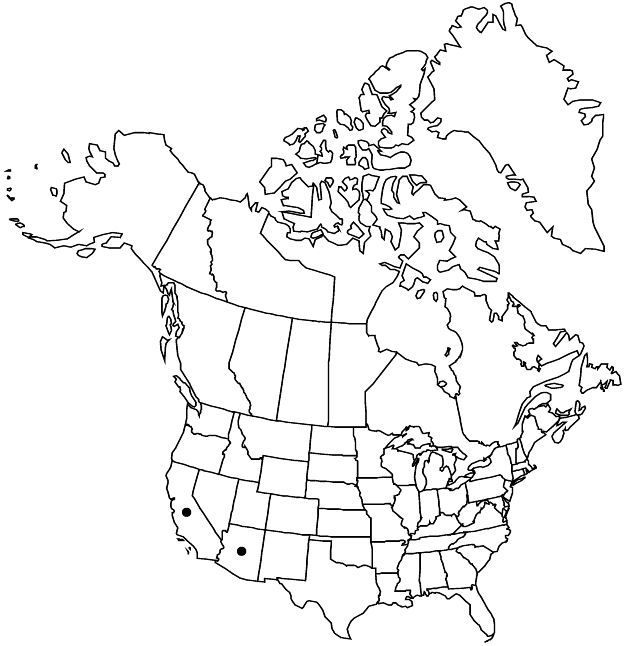Difference between revisions of "Sphaeralcea orcuttii"
Contr. U.S. Natl. Herb. 1: 289. 1893.
imported>Volume Importer |
imported>Volume Importer |
||
| Line 47: | Line 47: | ||
|publication year=1893 | |publication year=1893 | ||
|special status= | |special status= | ||
| − | |source xml=https:// | + | |source xml=https://bitbucket.org/aafc-mbb/fna-data-curation/src/2e0870ddd59836b60bcf96646a41e87ea5a5943a/coarse_grained_fna_xml/V6/V6_676.xml |
|subfamily=Malvaceae subfam. Malvoideae | |subfamily=Malvaceae subfam. Malvoideae | ||
|genus=Sphaeralcea | |genus=Sphaeralcea | ||
Latest revision as of 23:23, 5 November 2020
Plants usually annual, sometimes biennial. Stems erect, yellow, 5–12 dm, stellate-canescent. Leaf blades yellow-green to pale green, trullate with straight or rounded appearance or triangular with subhastate lobes, apical lobes distinctly triangular, 2-lobed, 3–5 cm, not rugose, base tapered to truncate, margins entire or wavy, surfaces stellate-canescent. Inflorescences paniculate, crowded, many-flowered, flowers clustered, tip not leafy; involucellar bractlets green to tan. Flowers: sepals 4–7 mm; petals red-orange, 10–12 mm; anthers yellow. Schizocarps ± hemispheric; mericarps 12–17, 2.5–3 × 2–3 mm, chartaceous, nonreticulate dehiscent part 30–40% of height, tip rounded, indehiscent part wider than dehiscent part. Seeds 1 per mericarp, brown, glabrous or pubescent. 2n = 10.
Phenology: Flowering spring.
Habitat: Dry, sandy, ± alkaline places
Elevation: ?50–900 m
Distribution

Ariz., Calif., Mexico (Baja California, Baja California Sur, Sonora).
Discussion
Sphaeralcea orcuttii has distinctive trullate leaf blades and an erect habit.
Selected References
None.